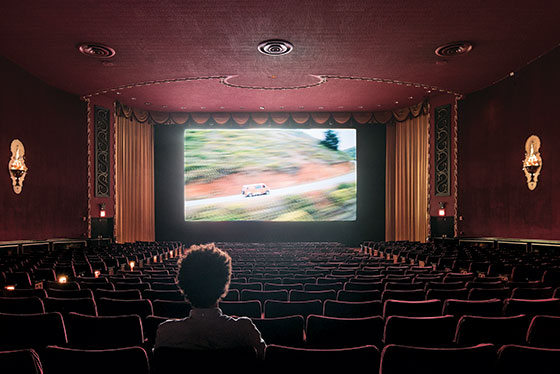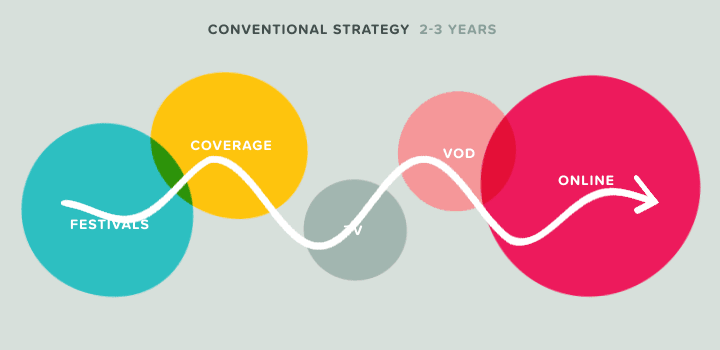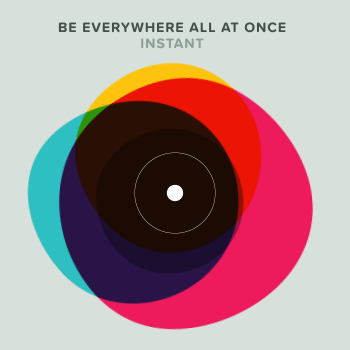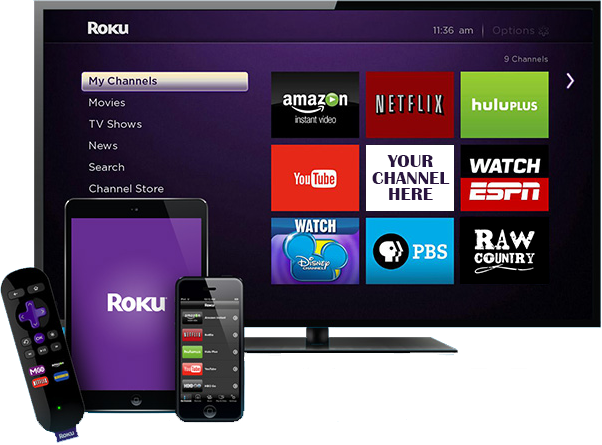Big thanks to Chris O’Falt, writing on IndieWire, for shedding some needed light on feature film self-distribution.
In his article he shares the dilemma faced by SXSW Film Festival Grand Jury Prize winner Jim Cummings: take a $100K all-rights deal or gamble and D-I-Y.
“Thunder Road” cost Cummings $200K. What to do?
Because he received a Sundance Creative Distribution Fellowship grant, he decide to self-distribute:
“Sundance encouraged us to try all these different things a smaller distributor would have never done. It’s been a total learning experience — some things I never would have guessed would work have, some haven’t, and we adjusted.”
For instance, becoming a theatrical hit in France, by parlaying exposure at Cannes to the Deauville American Film Festival and finally to opening on 67 screens.
The trade-off? Cummings has to be fully transparent and allow Sundance to publish a case study of his self-distribution, like the one for “Columbus”.
My take: This (and the “Columbus” case study) should be required reading for anyone with a prize-winning feature film. Every film has an audience and its creators are probably more motivated than anyone to find it. Just be forewarned that it will take you at least a year, and there’s no guarantee of success.











